An introduction to festival photography and some tips to get the best out of your camera at festivals.
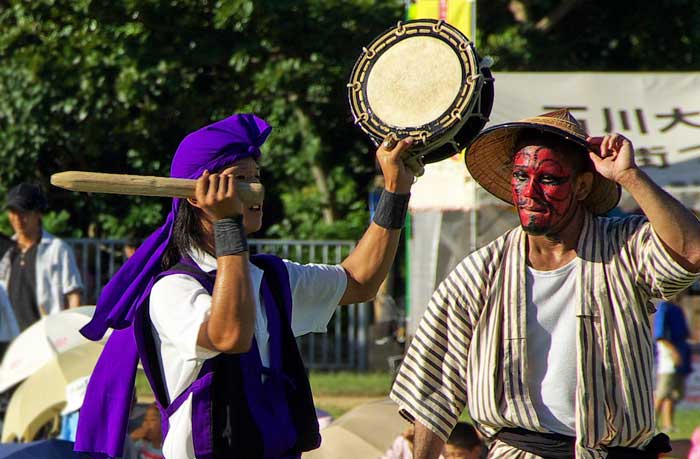
The past few months in Okinawa, Japan provided excellent opportunities for all photographers to capture the bursts of colors and contrasts of the seasons.
Fields of wild flowers, landscapes, macro shots of tulips and roses, and even the butterflies and bees that land on them probably presented some challenges for even the most experienced photographers. But for me, Festival Photography was even more challenging than all of them combined.
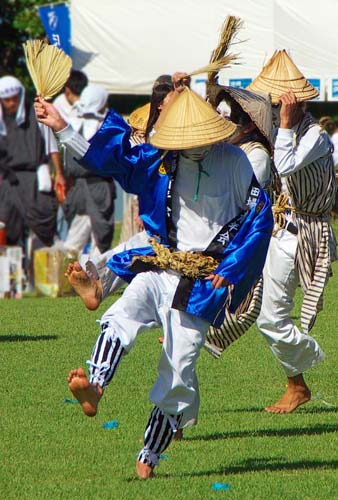
On the island of Okinawa there are festivals held from May through October at different locations every weekend. These festivals give me an opportunity to challenge myself with a wide range of photo styles, compositions and subjects. I have attended as many as three in one day, in an attempt to photographically document as many as possible.
Be pre-warned! Festival Photography is hard work, so if you just want to go to a festival to join in all the fun, then plan on leaving your camera at home. If you want to capture all aspects of a festival, then you’re going to have to move around a lot and be thinking on your feet while quickly composing each shot. It’s definitely a challenge, but the rewards will make it all worthwhile.
You can plan on a few hurdles that you’ll just need to take in stride or attempt to overcome.
1. You will be blissfully happy or painfully aware of the lighting conditions–usually the latter applies. Since most festivals occur during those high-contrast, glaring sunlight hours (not an outdoor photographers delight), plan on having lots of blown-out highlights showing up in your images. Plan on the flash of some chromed or metal object shining directly back at you in your pictures.
2. Plan on someone tripping over your tripod.
3. Plan on people’s heads popping into your almost-composed shot.
4. Plan on someone bumping into you. “Oops, did my drink get on you or your camera?”
5. Oh yes, you just pressed the shutter release when someone zigged when they should have zagged!
6., 7., and so on…..
Every year, the City of Naha, Okinawa, Japan holds the Naha Matsuri Festival and the highlight of it is the Guinness World Record Tug-O-War. It is a 40 ton rope of hand-woven rice straw with slender strands coming off the rope that provide a place for contestants to gain a grip.
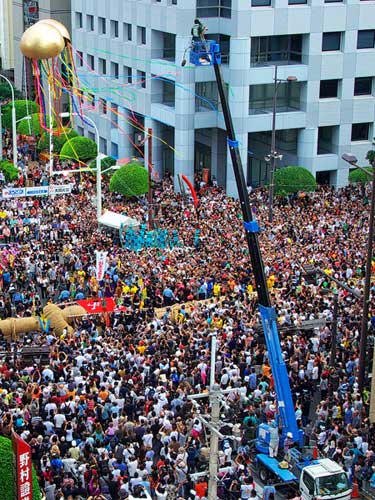
For these photos, I did my Spiderman act and climbed way up to the top of a building so I could snag some good shots from an angle I never tried before.
It was a five story building and from the fifth floor I didn’t like the angle of my shots and some of the distracting wires that kept getting in my frames, so I hopped a locked fence and climbed up to an uninhabited sixth floor. I still couldn’t get the shots I wanted so, higher I must go… I climbed up on a water tower on top of the roof and wrapped myself and my tripod around some metal beams so the wind wouldn’t blow us away.
Got them– pictures with zoom, some wide angle, some horizontal and others vertical!
A golden ball hoisted over the crowd opens and drops balloons and streamers as a signal for the tug to begin.
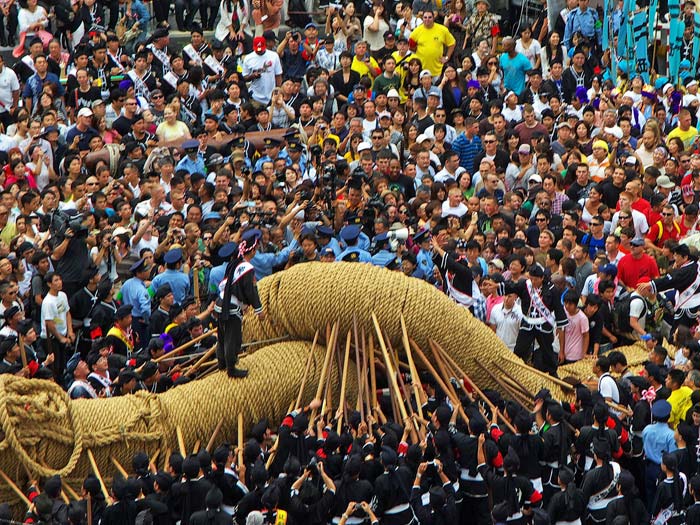
It is police protected before the tug begins, but by days’ end, everyone of over 200,000 people who participated in the Naha Tug-O-War will have wanted to take a piece of the 40 ton monster home. A strand of the braided rice straw in the home is considered a good luck charm.
Expect things to happen, because they will! Be patient, yet be quick to recompose each shot. For the most part, your subjects are moving. The crowd of festival-goers, their unattended children, other photographers, and maybe even a few intoxicated folks will be moving around you, too. You’ll need to learn to deal with it if you want to get those festival photos.
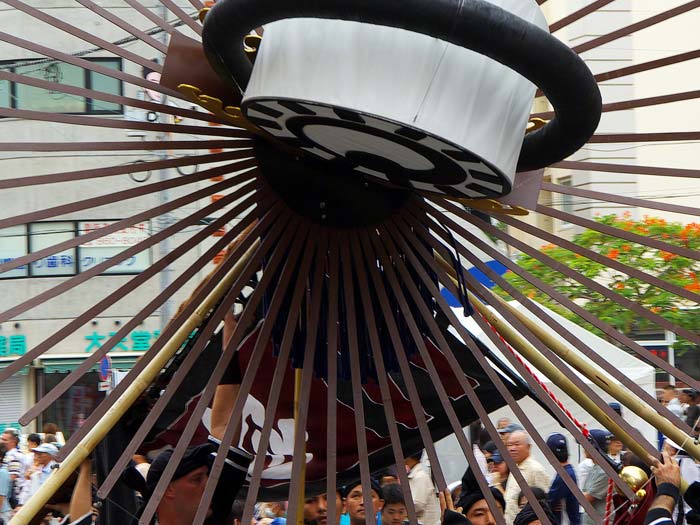
Each shot I take, I compose as if I planned on using it to enter a contest. But, I know at the end of the day, I will only keep around 30% of the photos for publication or printing. A National Geographic photographer on assignment takes 20,000 pictures just to get maybe a dozen published in an article (I know because I read their blogs.)!
Plan on plenty of mistakes and you won’t be disappointed.
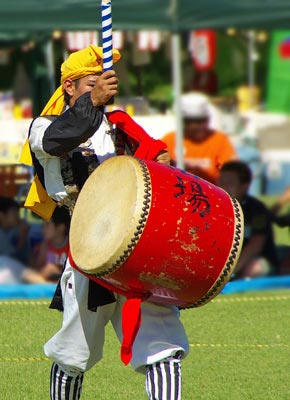
Aperture of f/11 was to capture the drummer without having the faces of the people under the tent in sharp focus.
Spot focusing on a drum was the method I used while panning the camera and watching the motions of the drummer. I didn’t want the drummers’ face identifiable, so I wouldn’t have to chase him down to get a model release signed in order for the photo to be published.
I generally shoot slightly underexposed shots for a high contrast situation like this and find it easier to balance the tones when I edit after downloading.
How to Prepare the Night before a Festival
First, fully charge your camera batteries–as many as you have available.
While the batteries are charging you can start gathering your SD (secure digital/memory) cards. Make sure SD cards are formatted; your camera manual should tell you how to do this. A freshly formatted card will perform faster than one loaded with ancient history.
If you can’t find it in your manual, format your cards with a computer. Formatting will delete any previous photos you had on the card along with associated files from them. If you forgot to download some photos from last time you used the camera, be sure to save them, first
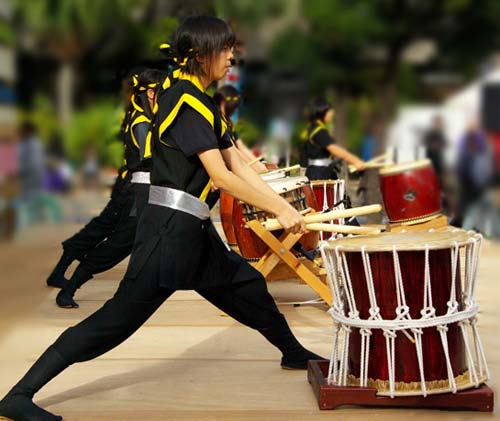
The girls get pretty lively, dancing around while beating the drums so, I needed the higher ISO to keep a decent shutter speed while focusing on the black uniforms.
If you plan on having any of your people photos published, be sure your camera bag is stocked with a stack of Model Releases and a pen. Many magazines require them and you may not be able to find those people again.
Note: Do I have photos with the faces visible and without releases? Yes, plenty and I print them. If and when I run across the subjects and they sign a Model Release (if not signed during the time of the shot being taken), they get a free copy of their photo/s and it releases me to sell their picture.
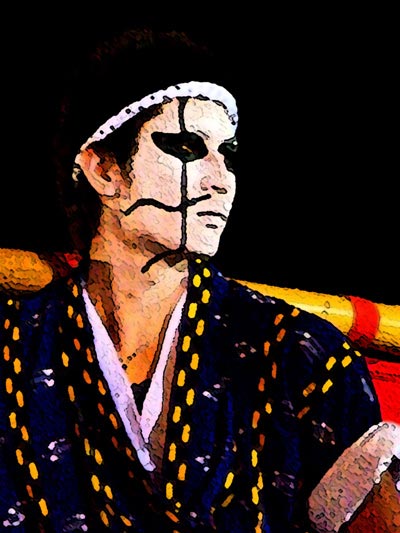
Festivals can stir up a lot of dust from all of the crowds and activities, so even when you thought you gave your camera a good cleaning when changing lenses, dust can still be a major issue.
I’ve had to throw away many a photo due to dust on the sensor, but colorful, striking photos can still be saved. Here, the editor of Apogee Photo used various painting effects to create a stunning artistic rendering of the Chondara.
You also want to clean your camera lenses and make sure you pack enough cleaning equipment in your bag to do emergency cleaning in the field. That’s just in case some pollen, dust or someone’s food or liquid winds up on my lens in the middle of the action. You never know what’s really going to happen at one of these big outdoor parties!
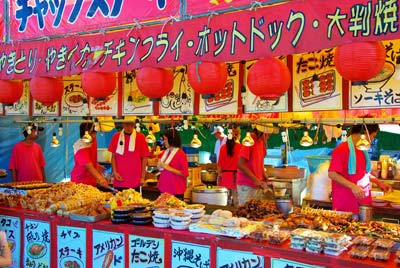
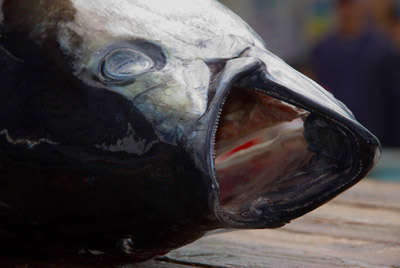
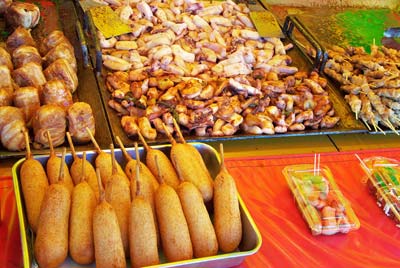
Festival foods are one of the few times you are not trying to shoot at a moving target. It’s always best to ask permission to take the photos and buy something from the vendor after you do. Look for those subjects that most may not think of, such as this fresh tuna.
It’s not “Maybe Next Time, Charley”. It’s this time, Charley !
f/11 1/50 ISO 200 Pentax 18-250 with Focal Length of 155mm with camera flash
From upper left to right: bacon-wrapped rice, charbroiled squid and chicken on a stick
Front row: corn-battered hot dogs, salads and heaven only knows what the red and green sauces are.
I bought something out of courtesy and gave it away, not wanting to get sauce and grease drippings all over my camera.
So head out to festival or event near you, be ready for anything and everything, get creative and have a grand adventure capturing all of the action.
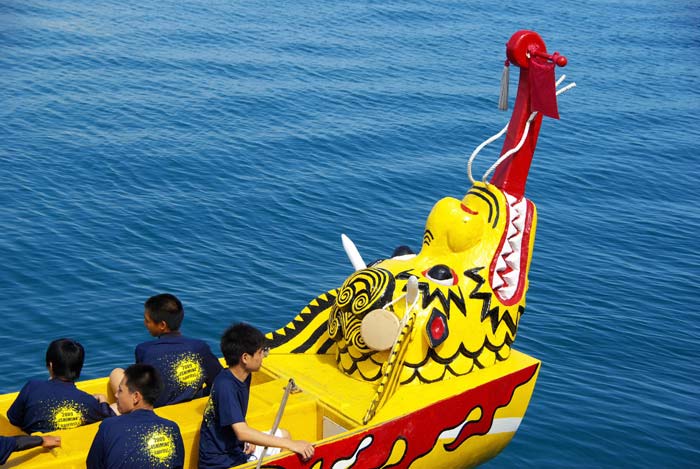
Dragonboat Races in Naha Okinawa, Japan
I shot this while waiting for the races to start.
Handheld, spot metered– f/8 1/640 ISO 100 Pentax 18-250 at a focal length of 57mm
by Michael Lynch
Article and photos: © 2010 Michael Lynch. All right reserved.

Leave a Reply